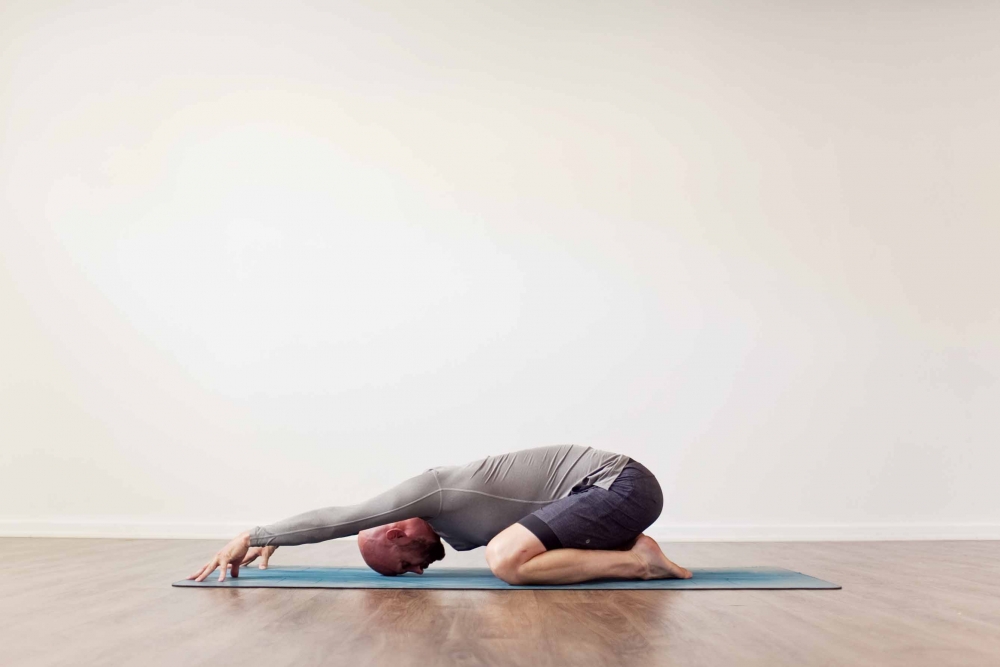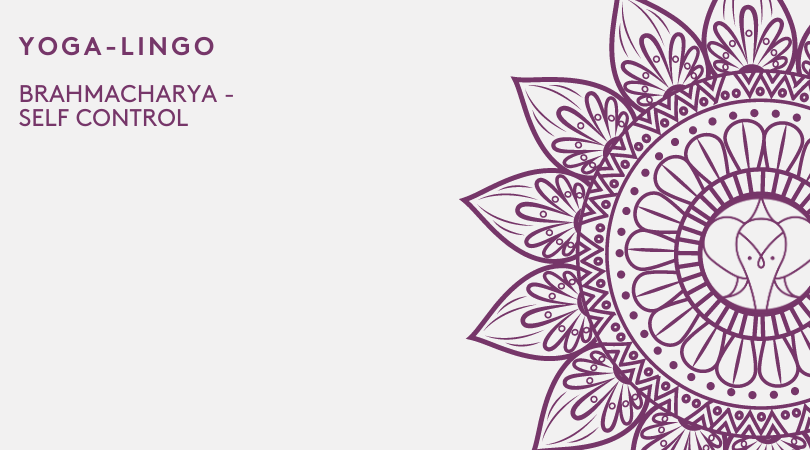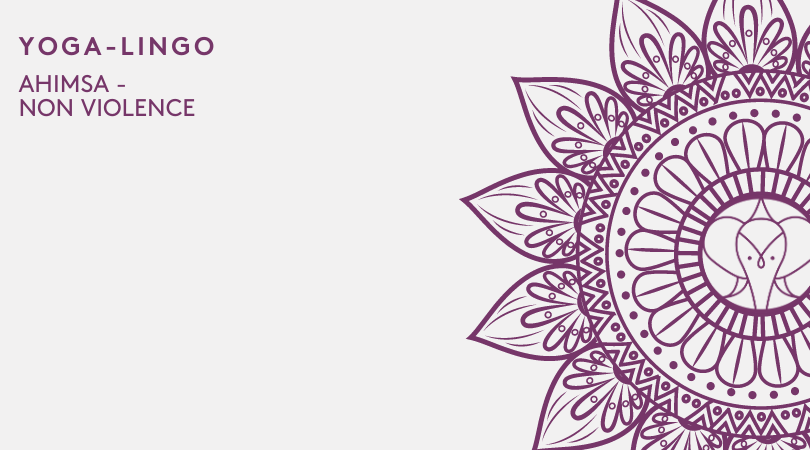Balasana - Child’s pose
Balasana, or Child’s pose, is a basic yoga pose that you can use to rest in between a set of poses and gather your strength.
In Balasana, you sit down on your knees with your upper body in a forward fold allowing your forehead to rest on the mat in front of you. It is a great pose to relax in. Balasana relieves you of all your tensions and allows you to collect new energy. If you suffer from knee problems, you should be careful when getting into Balasana since it puts a lot of pressure on your knees and kneecap. Talk to your instructor for guidance.
In Sanskrit: Bala = child, Asana = pose
Benefits of Balasana
Balasana is excellent when you need to decrease your pulse and let your body rest for a while. It allows you to stretch your hips, thighs, and ankles. It also stretches your shoulders and arms when modified. In Balasana, you can give your forehead a nice massage and relieve it from tension by; slowly and without pressure, carefully rocking your forehead from one side to the other. If you’re in Balasana with the support of a bolster underneath your torso, it can help to ease both back and neck pain.
Balasana - step by step
- Start your Balasana by sitting down on your knees. Keep your feet close together and your big toes touching each other.
- Let your bum rest on the top of your heels. If you cannot have your bum resting upon your heels, take a pillow or towel and place it in the gap between your back thighs and calves for support. You can choose to keep your legs together or to separate them while still having your big toes touching each other.
- Tuck your tailbone in.
- Inhale, and as you exhale, fold your upper body forward until your forehead touches the floor. Keep your spine and neck aligned with the top of your head pointing forward.
- Your arms can either reach forward with your palms facing down or softly rest along your body with your palms facing up.
- Relax your neck and your shoulders. Expand your torso with every inhale and exhale, and let go of all the tension in your body.
- When you feel ready, slowly release your arms and roll up vertebra by vertebra until you reach a seated position.

Modifications
- If you experience pain in your neck or back, separate your legs and use a bolster to support your torso. If you do not have a bolster, you can use a pillow or blanket and roll it into a cylinder shape.
- If you cannot place your bum on top of your heels, take a pillow or blanket and place it in the gap between your back thighs and calves for support.
Variations
To stretch your arms and shoulders;
- Lift your bum approximately 10 cm from your heels.
- Keep your arms straight and reach forward as far as you can go.
- Place your hands on the floor in front of you with your palms facing down.
- Activate your arms, keeping them shoulder-width apart, and pull your shoulder blades together.
- Then, while keeping your arms activated and your hands where they are, lower your bum towards your heels again.

Child's pose with a twist;
- Begin on hands and knees, lift the right arm out to the side and cross it underneath your body and left arm.
- Lower onto the right shoulder, sitting back in the hips allowing the head to rest on the floor.
- Stay for a few breaths, then use the left palm on the floor to press back to all-fours and repeat on the left side.

Child's pose with side stretch;
- Begin in child's pose.
- Walk your hands over towards the right, shoulder-width distance apart, keeping your sitting bones stretching back towards the hips.
- Stay there a few breaths, then come back to the center and repeat on the other side.

It is difficult to trace the exact origins of Balasana (Child's Pose) as it is a familiar pose in many yoga traditions. However, it is believed to have originated in ancient India and has been a staple in yoga practice for centuries. The pose comes from how a child might rest in a fetal position, with the arms and legs bent and the head resting on the ground.
It is often used as a resting pose in between more strenuous poses. It is known for its ability to promote relaxation and calmness. Balasana is also thought to have many physical benefits, including stretching the spine and hips, relieving tension in the back and shoulders, and helping to improve digestion.
Enjoy!










Paola